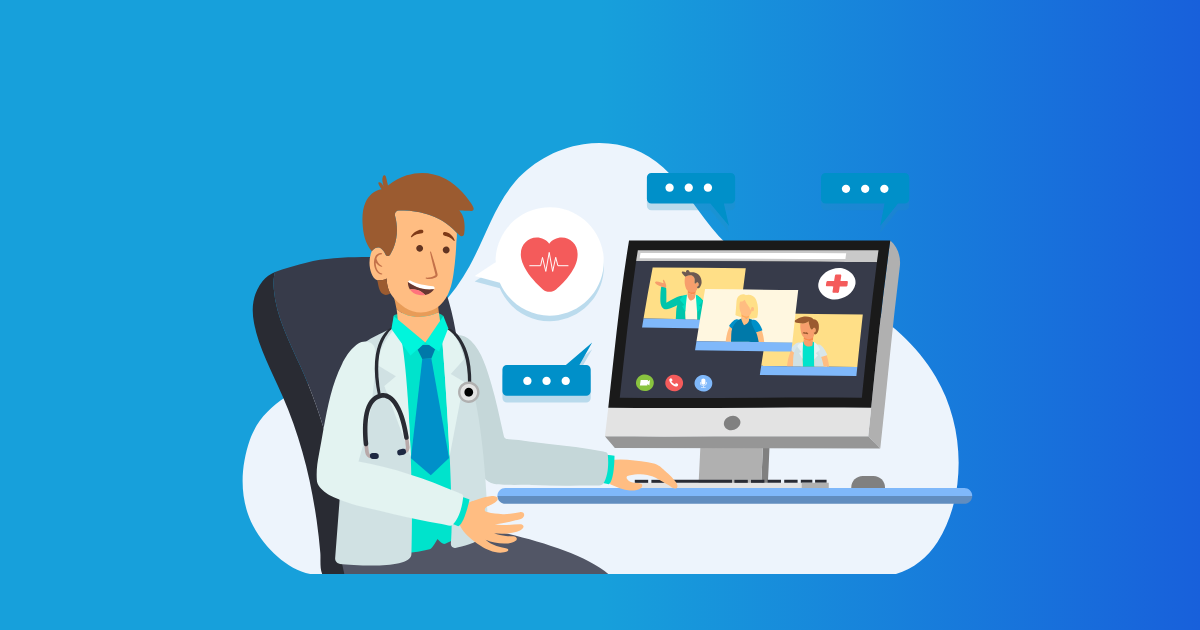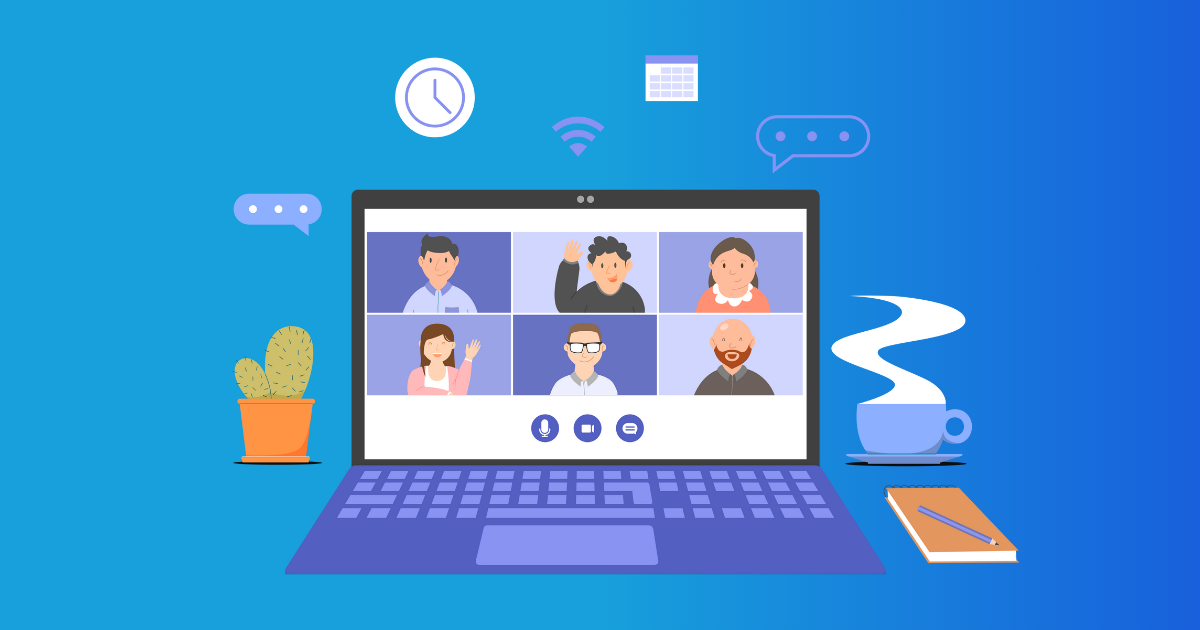In the rapidly evolving healthcare sector, technology plays a pivotal role in shaping patient care, enhancing accessibility, and ensuring the seamless operation of healthcare services. Among the myriad of technological innovations, Jitsi, an open-source video conferencing platform, stands out for its potential to revolutionize healthcare communication. This article delves into the benefits and feasibility of integrating Jitsi into healthcare operations, underlining its significance in the context of telemedicine and remote patient care.
The Advantages of Jitsi for Healthcare
1. Secure Patient Communication: Security is paramount in healthcare, where sensitive patient data is frequently exchanged. Jitsi offers end-to-end encryption, ensuring that all communications remain confidential and secure. This is crucial for complying with healthcare regulations such as HIPAA in the United States, which mandates stringent data protection measures.
2. Accessibility and Ease of Use: With Jitsi, patients and healthcare providers can connect from anywhere, at any time, using any device with internet access. This eliminates geographical barriers to care, making it particularly beneficial for rural or underserved populations. Moreover, Jitsi’s user-friendly interface ensures that even those with limited technical skills can easily navigate its features.
3. Cost-Effectiveness: As an open-source platform, Jitsi can be a more cost-effective solution compared to proprietary telemedicine software. Healthcare organizations can deploy Jitsi without the burden of licensing fees, reducing the overall cost of delivering telehealth services.
4. Customization & Integration: Jitsi’s open-source nature allows for extensive customization and integration with existing healthcare systems, including electronic health records (EHRs) and appointment scheduling software. This flexibility enables healthcare organizations to tailor the platform to their specific needs, enhancing workflow efficiency and patient care coordination.
5. Real-time Collaboration: Jitsi facilitates real-time collaboration among healthcare professionals, enabling them to consult with colleagues, share medical images, and make informed decisions quickly. This collaborative approach can improve diagnosis accuracy and patient outcomes.
Assessing the Feasibility of Jitsi in Healthcare
Implementing Jitsi in a healthcare setting requires careful consideration of various factors to ensure its success and sustainability:
-
Technical Infrastructure: Adequate bandwidth and IT support are necessary to ensure smooth video conferencing experiences for both patients and providers.
-
Regulatory Compliance Healthcare organizations must ensure that their use of Jitsi complies with local and international data protection regulations.
-
Training and Adoption: Encouraging the adoption of Jitsi among healthcare providers and patients alike involves comprehensive training and support to overcome resistance and maximize its benefits.
-
Privacy and Security Measures: Despite Jitsi’s strong security features, additional measures such as secure access controls and patient consent protocols are essential to safeguard patient privacy.
Conclusion
Jitsi represents a promising solution for enhancing healthcare communication, offering benefits such as security, accessibility, and cost-effectiveness. However, its successful implementation requires addressing feasibility concerns related to technical infrastructure, regulatory compliance, and user adoption. As the healthcare industry continues to embrace digital transformation, Jitsi could play a significant role in facilitating accessible and efficient patient care.
FAQ
Jitsi itself can be configured to be HIPAA-compliant, especially when deployed on a secure server and when additional security measures are implemented.
Yes, Jitsi's open-source architecture allows for integration with various healthcare systems, including EHRs, for seamless patient care coordination.
Jitsi can be used for a wide range of telemedicine consultations, but the suitability may vary depending on the specific needs of the healthcare provider and the nature of the consultation.
Key challenges include ensuring reliable technical infrastructure, achieving regulatory compliance, securing patient data, and facilitating widespread adoption and training among users.









